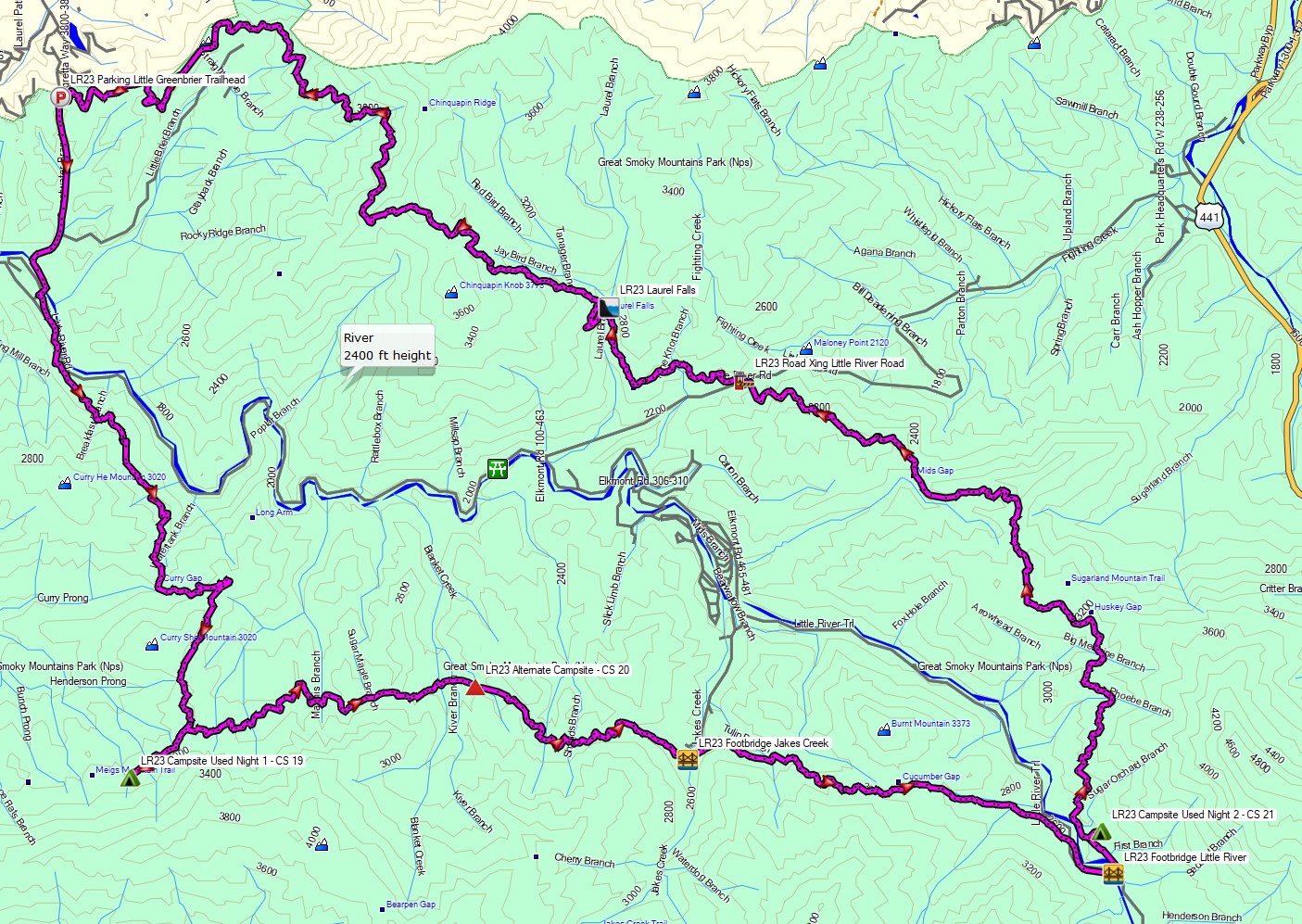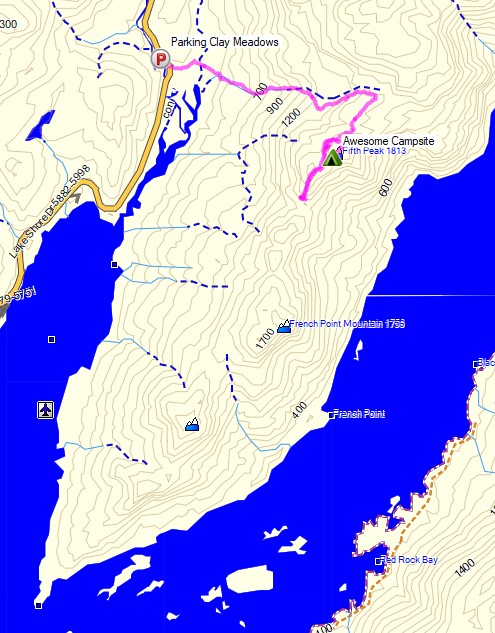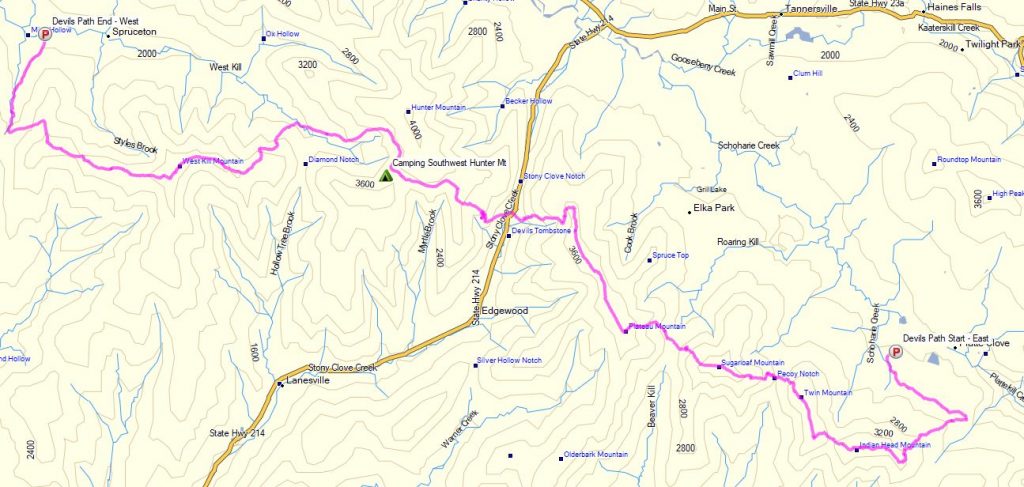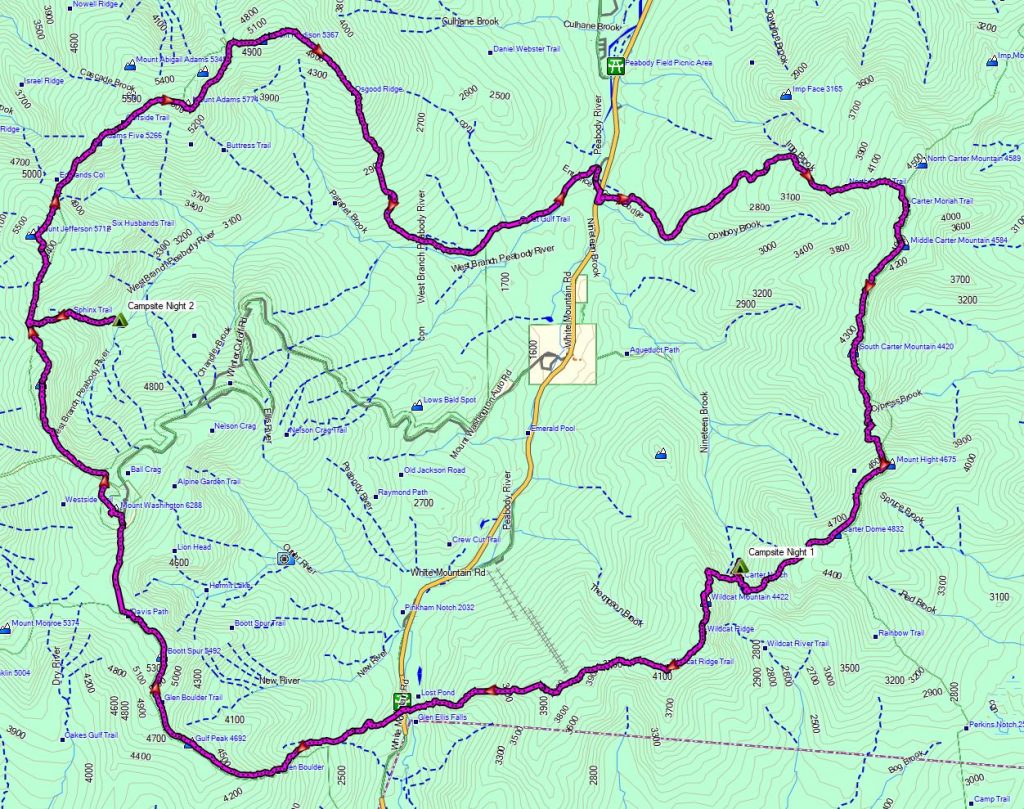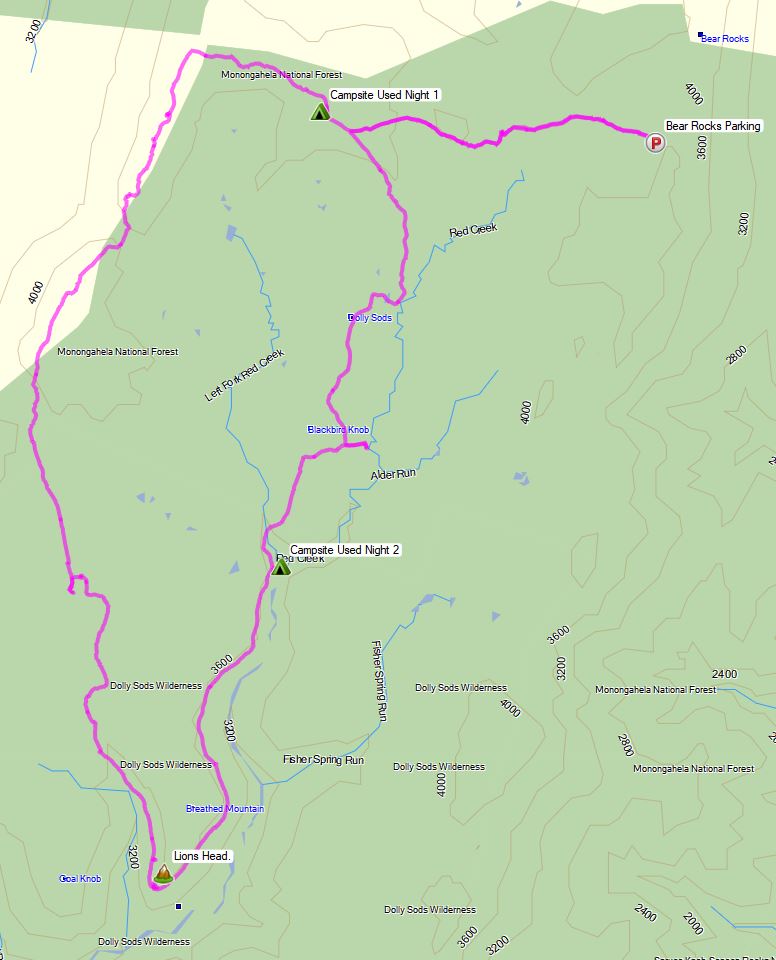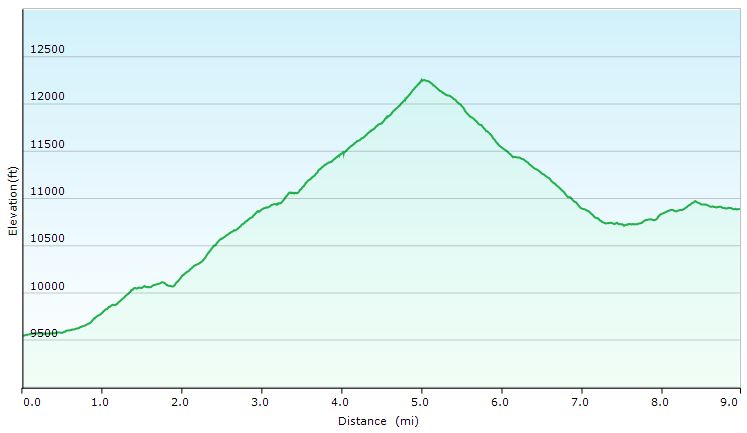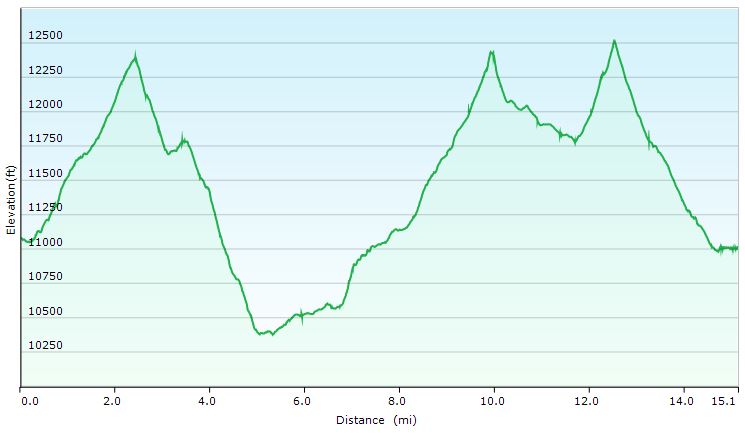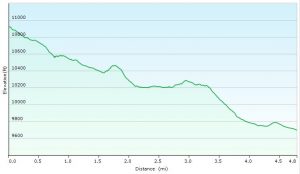Join me for 3 days of Backpacking, Hiking and Desert Camping in the Rain while exploring California’s Joshua Tree National Park.
For this winter desert camping adventure, I decided to do a solo backpacking trip in Southern California’s Joshua Tree National Park. I chose the Maze zone as my primary area of exploration, with the added possibility of hiking along the storied Boy Scout Trail as well.
Due to backcountry camping permit regulations, I chose to obtain a permit for camping within the Maze Zone, with the possibility of hiking into and exploring the Boy Scout Zone by day. This was mostly due to the fact that the Boy Scout Zone is the only JNP zone that requires you to specifically get a permit for 1 of 8 specific campsites, and I wanted to have some more flexibility to choose my campsites on the fly.
Getting a permit for the Maze zone allowed me to camp anywhere I wanted as long as I was at least 1 mile from an official trailhead, one half mile from any road, and 200 feet from any trail. Prefect – that sounded like exactly the solitude I was looking for.
Being February in the Mojave Desert, my expected temperature range would be from roughly 40 to 75 degrees or so. What about rain, you ask? Well, 336 days out of the year, the answer would be a solid – “No need for rain gear over here!”. I apparently arrived on one of those 29 other days. No worries though. I think it provided a pretty unique opportunity to see the Mojave Desert during one of it’s most vital times for survival of plants and animals in this arid environment – a desert rain storm curtesy of El Niño.
For sleep and shelter, I packed in my Outdoor Vitals Fortius trekking pole tent, a 3-season sleeping pad and my Hammock Gear 40° down quilt. Reliable drinking water is pretty much non-existent in Joshua Tree National Park regardless of the season, so I was tasked with packing in all of my drinking water for the entire 3 day trip. For this reason, I decided to skip the usual dehydrated backpacking meal choices in favor of some cheap and easy ready to eat food options.
I also opted to ditch the stove and just go the no-cook backpacking food route, because why not? Honestly, my pack was jammed to the hilt with water, and I just wasn’t in the mood to carry more fuel and cooking supplies.
A permit is required for backcountry camping in Joshua Tree National Park. You can reserve them on the Joshua Tree National Park website here.
Full GPS track data, including campsites, water sources, etc, for this trip and many others can be downloaded on my Trip Data Page.

